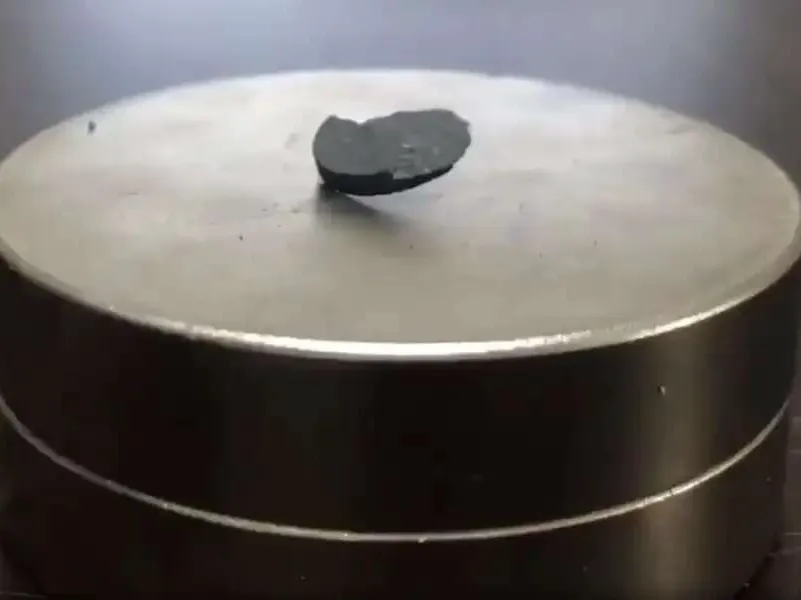A group of physicists working in different research institutes in South Korea claim to have created a superconducting material at room temperature and normal pressure. Phys.org and New Scientist report on it, among others.
The material tentatively named LK-99 and its behavior are described in two scientific articles published in the arXiv service. However, it should be noted that neither of the articles has been peer-reviewed, which is why the scientific sensation cannot be declared very certain.
If the achievement is true, however, it is a sensation that could be one of the scientific inventions with the greatest impact on everyday life of this century. In superconductors, electrons can move almost without resistance, but superconducting materials have previously only been created under extreme conditions, typically very cold or very high pressure.
In addition, even the room-temperature but high-pressure superconductor introduced a few years ago has been suspected of being untenable, as Tekniikka&Talous reported in late autumn 2022.
A superconductor at room temperature and normal pressure could reduce the energy costs of power transmission and electronics considerably. Electricity would no longer suffer much from heat loss during transmission.
When measuring the millimeter-sized piece of LK-99, the researchers report that they found that its resistivity dropped from a high value measured at a temperature of 105 °C to close to zero at a temperature of about 30 °C.
The scientific community is understandably skeptical about the Koreans’ claim, as several previous claims about breakthroughs in superconductors under normal conditions have proven to be untrue, and other researchers have therefore not been able to repeat the allegedly achieved situation in their own experiments.
Now the Korean researchers want LK-99 to be studied elsewhere soon to confirm that the discovery is correct. For example, researchers have published video footage of the partial levitation of an LK-99 piece above a magnet.
The material contains lead, copper, phosphorus and oxygen. According to the researchers, it was achieved by mixing powdered compounds, including lead, oxygen, sulfur and phosphorus, and heating them for several hours. This caused the powders to react with each other and turn into a dark gray, superconducting substance.
Head of the research group, also working at the American College of William & Mary Hyun Tak Kim says in New Scientist that he hopes other scientists will try to replicate their achievement.
This is what is being attempted, for example at the US Argonne National Laboratory, despite the fact that, for example, a theoretical physicist working there Michael Norman finds it strange the way Korean physicists present some of their data. In the Science magazine, Norman says that he is not entirely convinced of the Korean researchers’ expertise in superconductors, but their results must be repeated in order to find out whether it is a real breakthrough.
